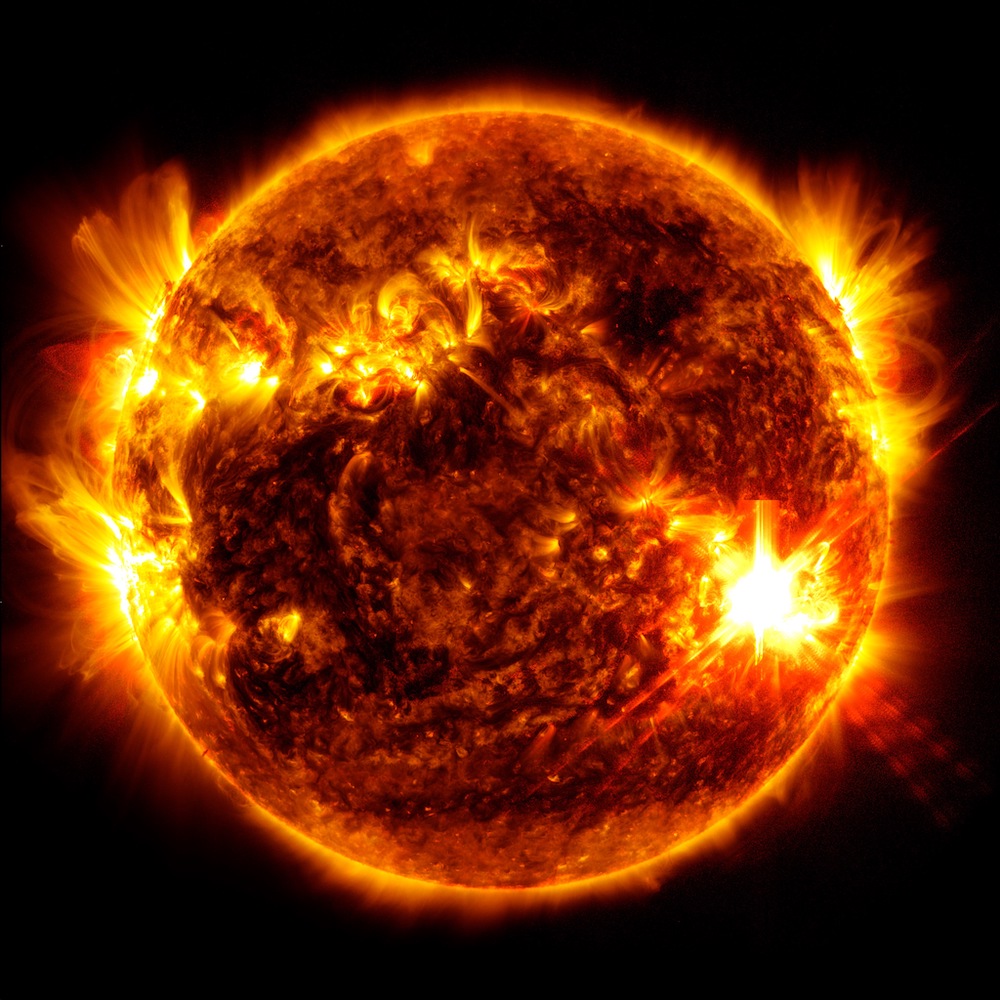
Climate change isn't just transforming weather on Earth's surface, it’s also fundamentally altering how space weather affects the thousands of satellites orbiting our planet. New research reveals that rising carbon dioxide levels will dramatically change how geomagnetic storms impact the upper atmosphere, creating both opportunities and challenges for the satellite industry in the decades ahead.
Continue reading
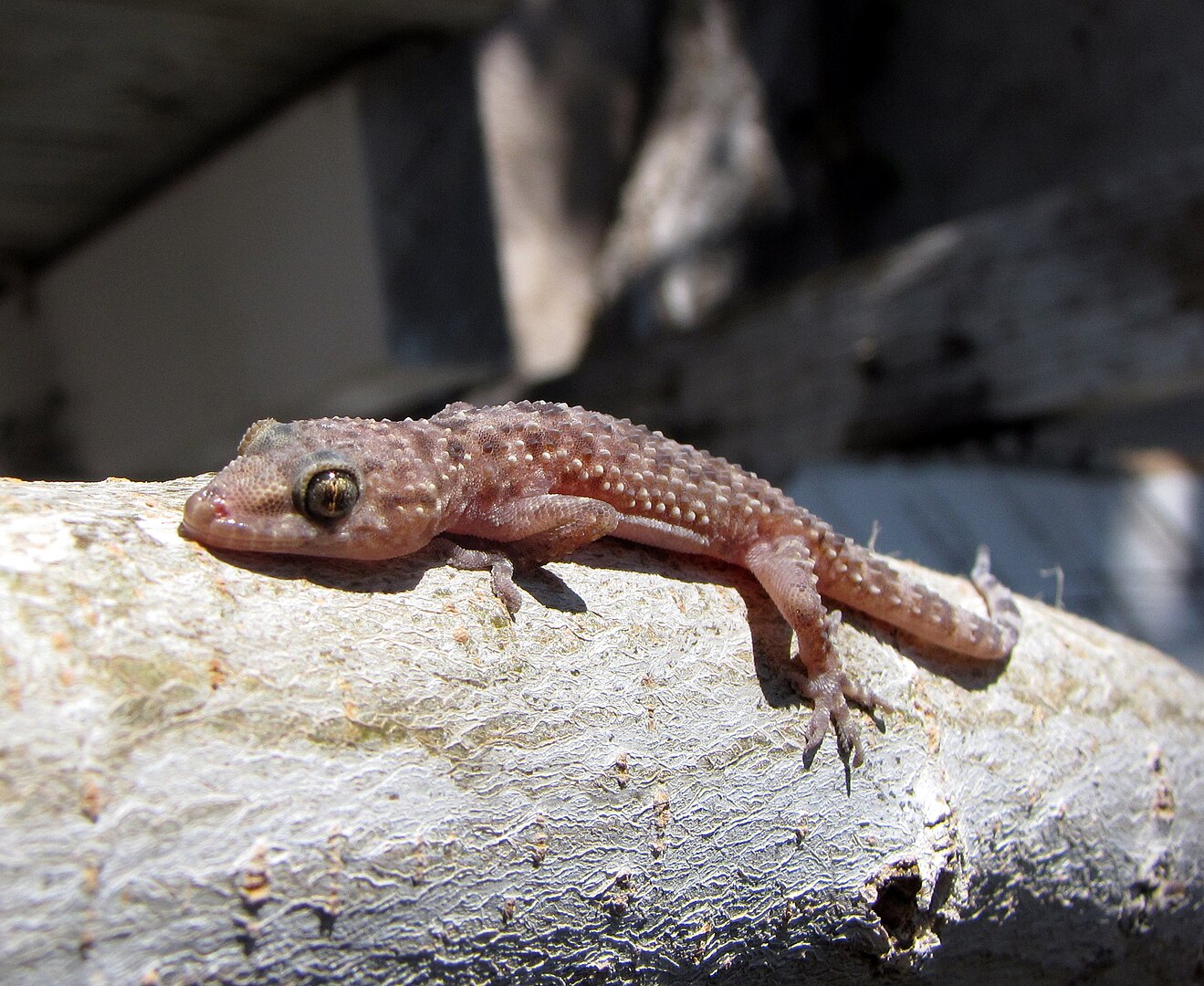
Space is getting dangerously crowded. More than 50,000 pieces of debris larger than 10 centimetres are currently hurtling around Earth at breakneck speeds, turning Earth orbits into veritable minefields. Dead satellites, rocket fragments, and collision debris pose such a serious threat that the International Space Station regularly performs emergency manoeuvres to dodge potential impacts. Now, an international team of researchers thinks they've found an elegant solution to this growing crisis and it's inspired by a humble house gecko's amazing ability to walk on walls.
Continue reading
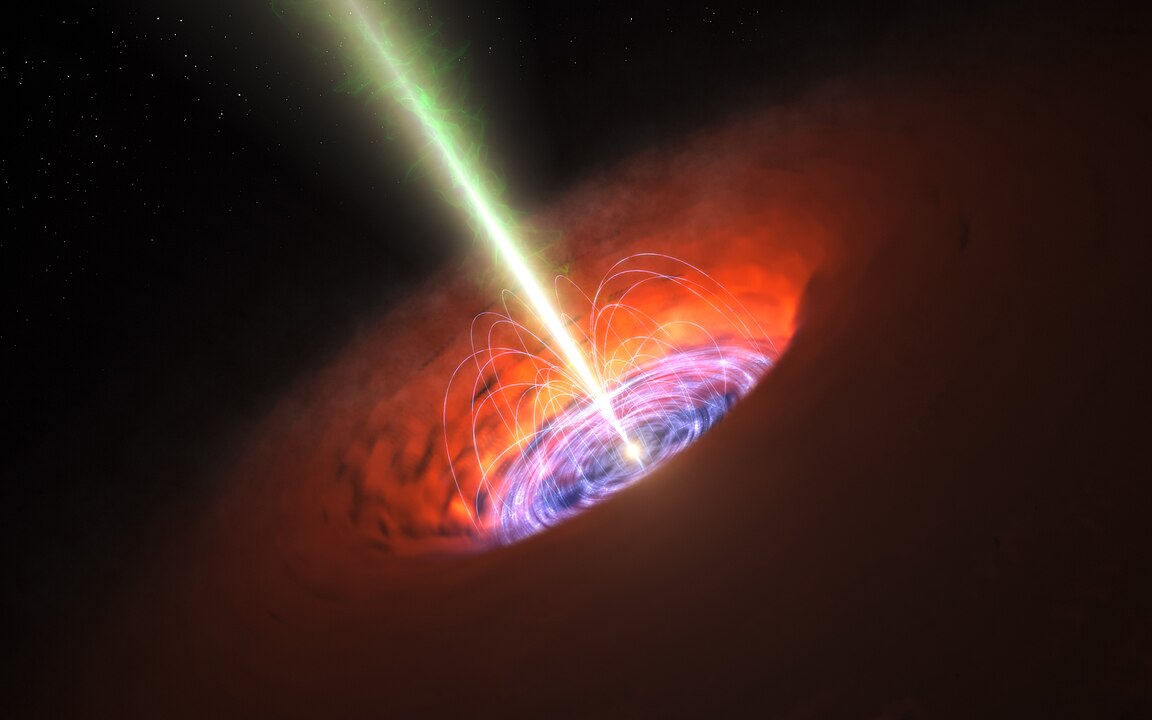
What if the universe began with a fireworks show? A new theory suggests that supermassive black holes, the mysterious giants found at the heart of galaxies, were born from the universe's very first stars in a spectacular flash of light that ionised all of space before vanishing forever. This dramatic "Pop III.1" model could finally explain how these giant stellar remnants grew so impossibly large so quickly after the Big Bang, while potentially solving several major puzzles plaguing modern astronomy, from the Hubble Tension to the nature of Cosmic Dawn itself.
Continue reading
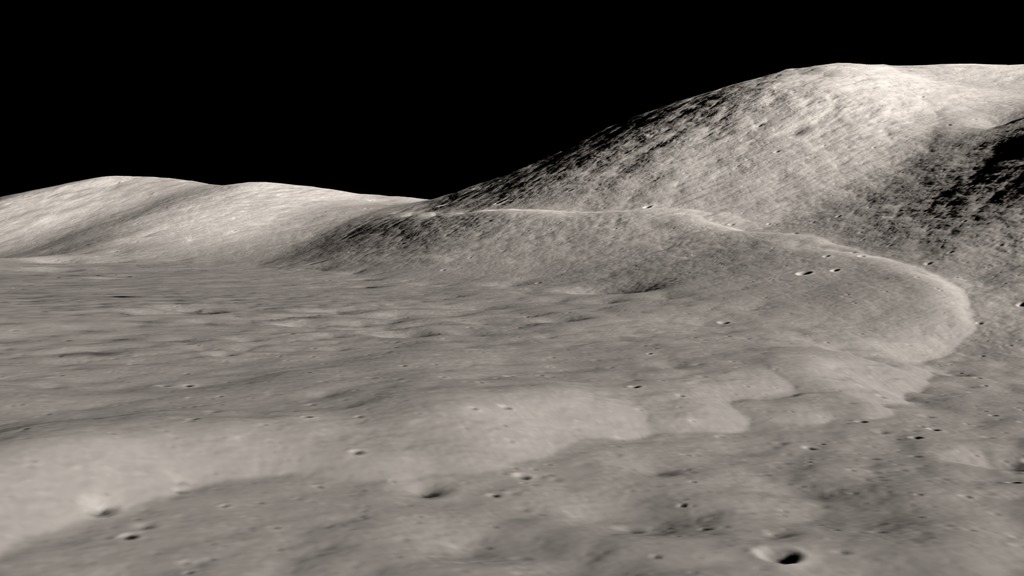
Our Moon is a seismically active world and its long history of quakes could affect the safety of permanent base structures there. That's one conclusion from a study of quakes along the Lee-Lincoln fault in the Taurus-Littrow valley where the Apollo 17 astronauts landed in 1972. “The global distribution of young thrust faults like the Lee-Lincoln fault, their potential to be still active and the potential to form new thrust faults from ongoing contraction should be considered when planning the location and assessing stability of permanent outposts on the Moon,” said Smithsonian senior scientist emeritus Thomas R. Watters, lead author of the paper.
Continue reading
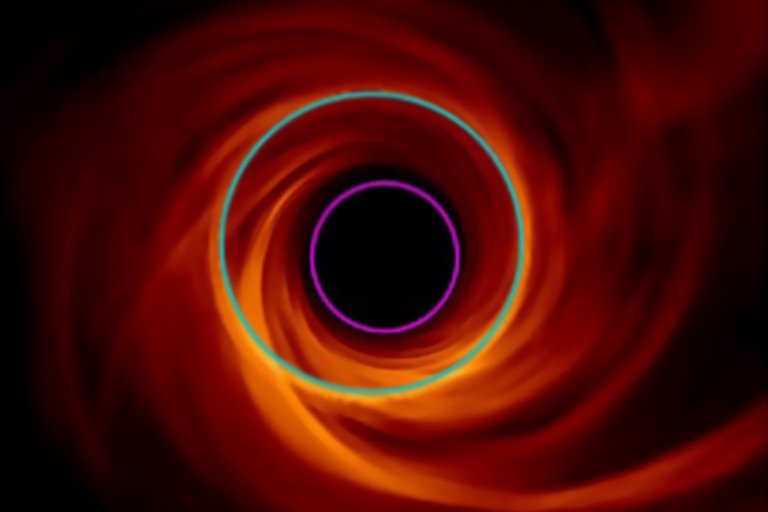
Supercomputer simulations are helping scientists sharpen their understanding of the environment beyond a black hole’s "shadow," material just outside its event horizon.
Continue reading
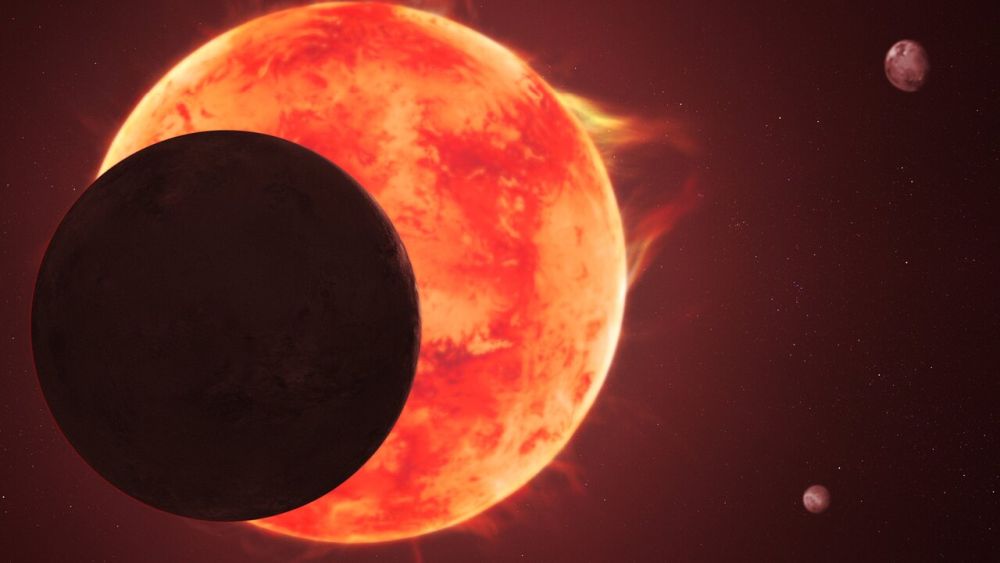
The exoplanet TRAPPIST-1 d intrigues astronomers looking for possibly habitable worlds beyond our Solar System because it is similar in size to Earth, rocky, and resides in an area around its star where liquid water on its surface is theoretically possible. But according to a new study using data from the NASA/ESA/CSA James Webb Space Telescope, it does not have an Earth-like atmosphere.
Continue reading
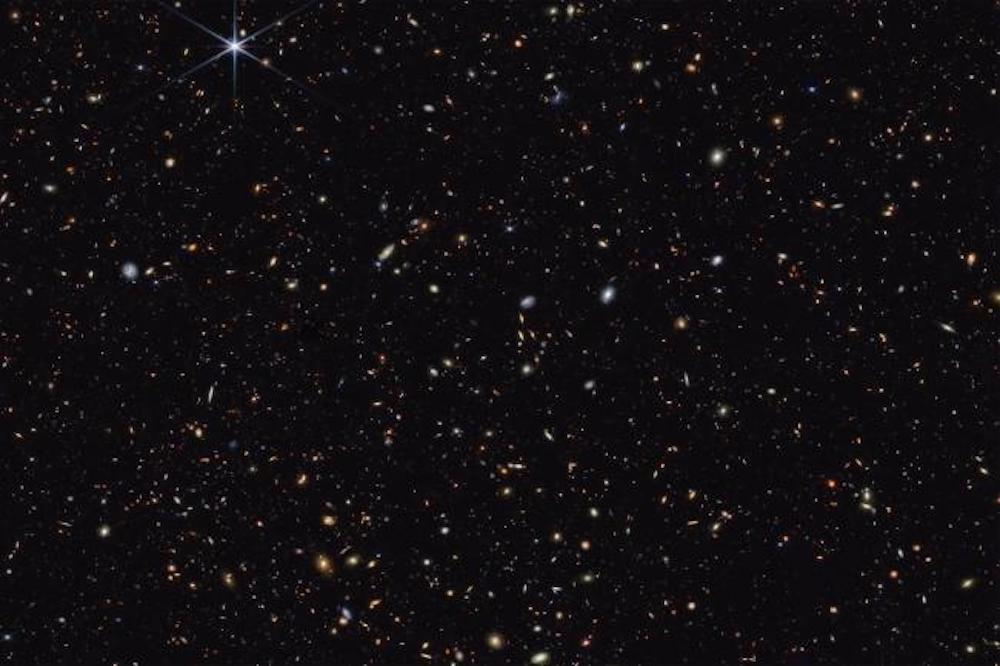
Deep in the darkness, tiny red specks of light have been driving astronomers to distraction. These mysterious "little red dots" discovered by the James Webb Space Telescope shouldn't exist, they’re impossibly compact yet blazingly bright, defying our understanding of how galaxies form. Now, Harvard researchers believe they've solved this billion year old puzzle with a theory involving the universe's rarest structures; dark matter halos.
Continue reading
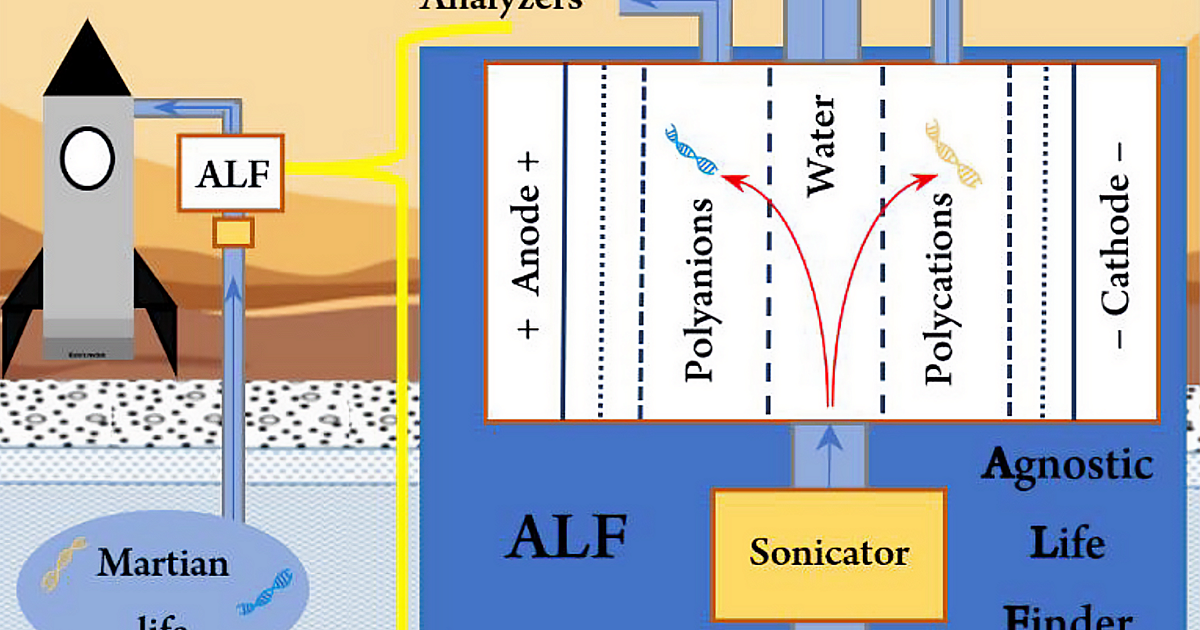
Mars still holds the promise of being one of the first places in the solar system humanity will colonize. However, if there was evolutionarily distinct, extant life on the planet, it might sway the heart of even the most ardent Mars colonization fans. So astrobiologists are in a race against time to try to determine whether or not such life exists, before the entire planet becomes an analogue of the Earth’s biosphere, if only unintentionally, and only a shadow of the ones that exists here. A new paper from the Christopher Temby and Jan Spacek of the Agnostic Life Finder (ALF) team discusses one of the most promising ways to prove definitively that life exists on the Red Planet - finding polyelectrolyte polymers - in other words, DNA.
Continue reading
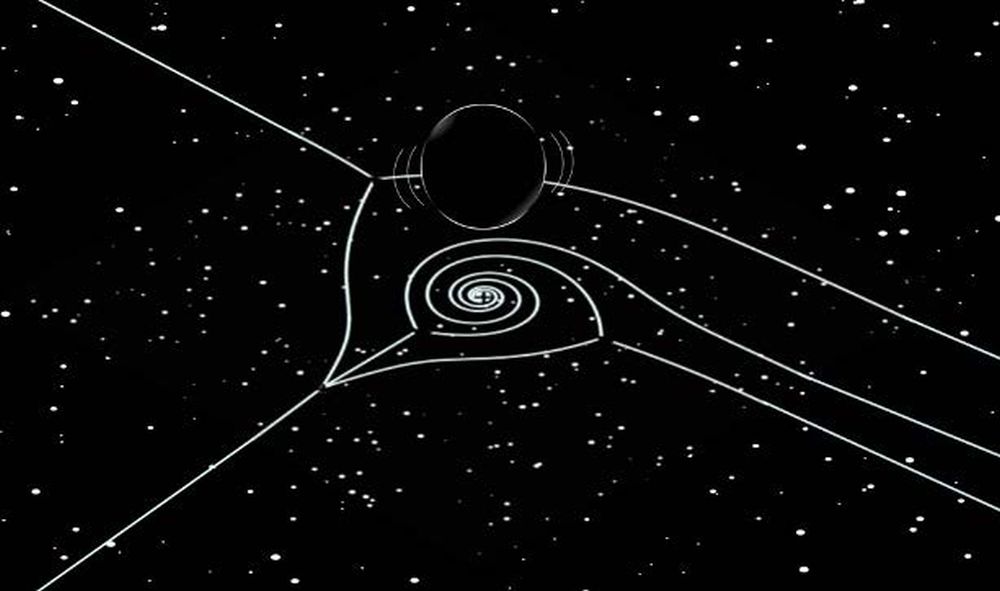
When black holes are disrupted by things like infalling matter or gravitational waves, they vibrate like a bell struck with a clapper. The vibrations decay over time as the black hole returns to an equilibrium state. Astrophysicists can measure these vibrations to learn more about the black hole.
Continue reading
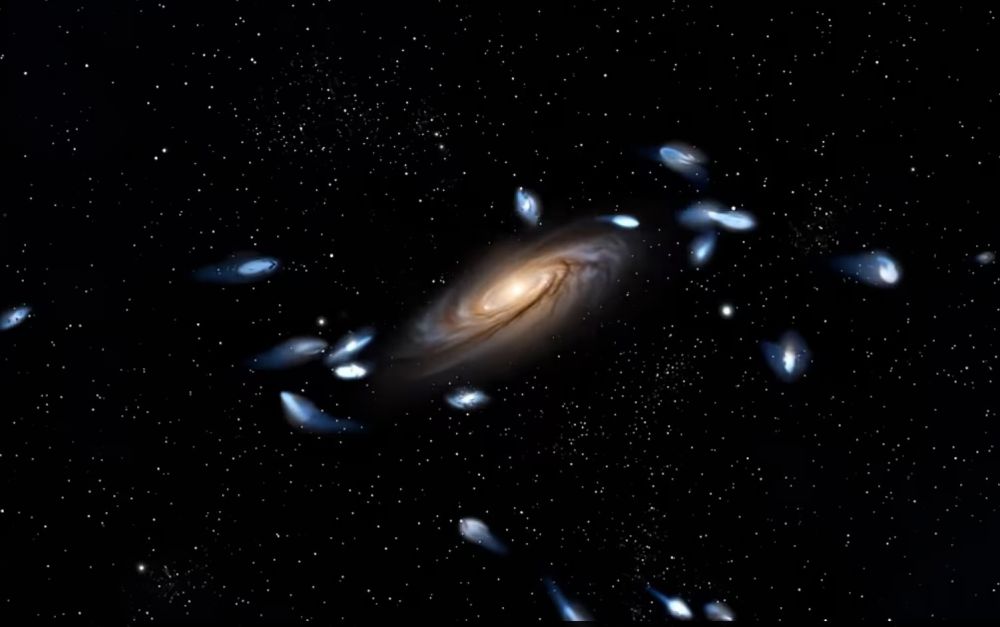
New research shows how the 'dancing' behaviour of dwarf satellite galaxies can predict mergers between their hosts. A distant pair of galaxies is undergoing the same type of merger that Milky Way/Andromeda will undergo. Can the behaviour of their dwarf satellites tell astronomers what will happen when the MW and Andromeda merge?
Continue reading
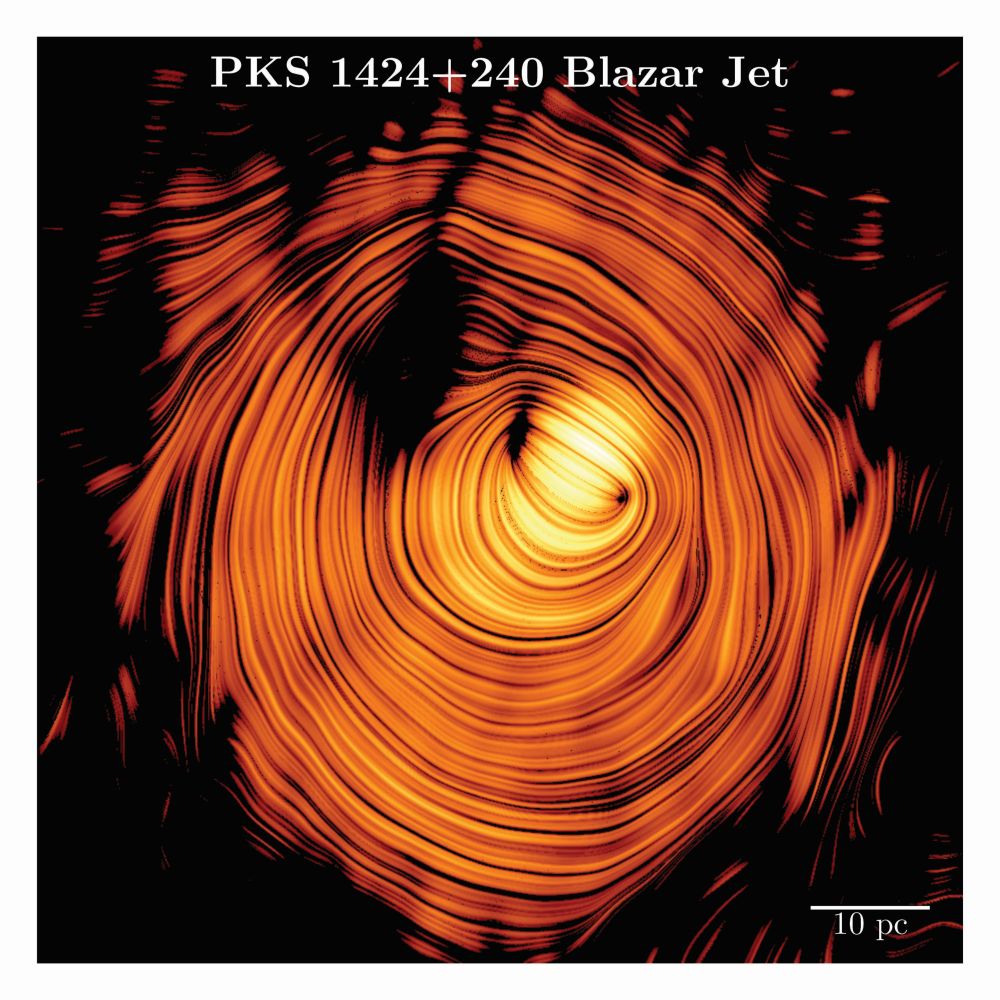
A stunning new image of a cosmic jet has helped astronomers unlock the mystery behind the unusually bright emission of high-energy gamma rays and neutrinos from a peculiar celestial object. The source is a blazar—a type of active galaxy powered by a supermassive black hole devouring matter at the heart of a galaxy. They have captured what looks like the mythical "Eye of Sauron" in the distant universe and may have just solved a decade-long cosmic puzzle.
Continue reading
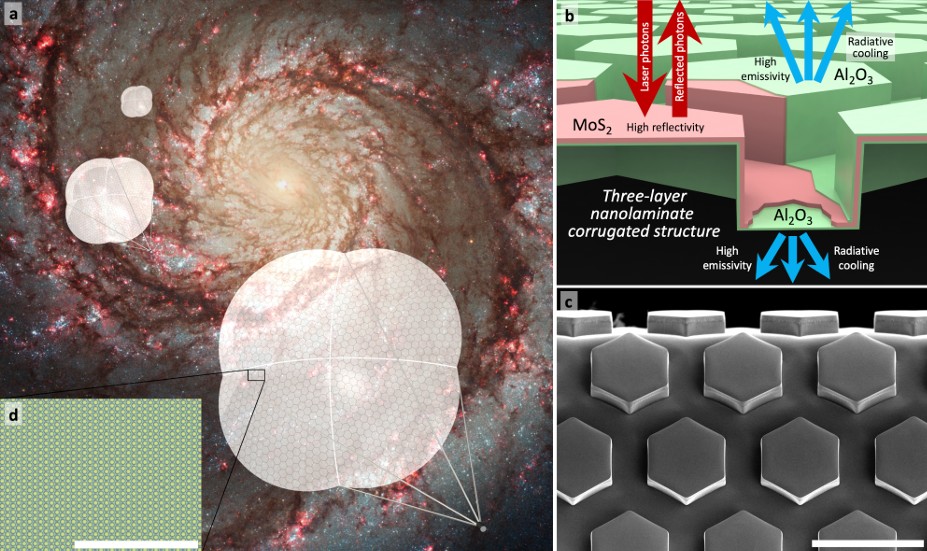
Any material used as a light sail is bound by very restrictive physical requirements. It has to be extremely light , can’t melt from the energy applied to it, and must bend, but not break, from that pressure. Various research groups around the world have been working on materials they believe will meet those requirements, and a new paper from researchers at the University of Pennsylvania describes experimental testing of what they believe to be the most functional light sail material yet developed.
Continue reading
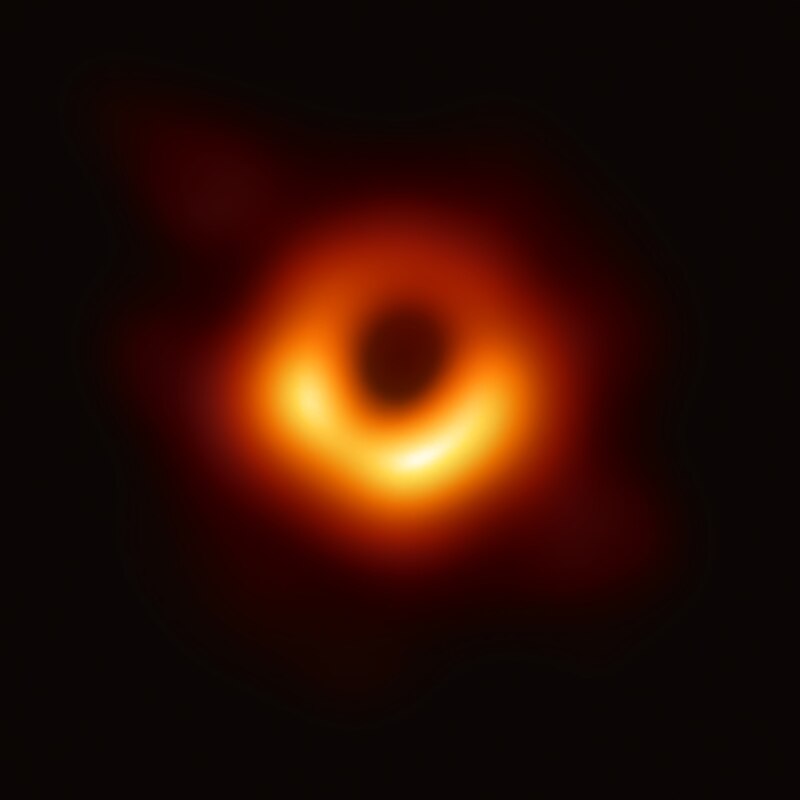
A supermassive black hole in the act of awakening from slumber haas been detected by a team of astronomers. Using powerful radio telescopes, they observed this sleeping giant as it began to stir for the first time, offering an unprecedented look at how these stellar monsters come to life. Located 6 billion light years away, this giant has been dormant but suddenly roared to life just 1,000 years ago, revealing secrets about how the universe's most powerful forces shape entire galaxies.
Continue reading
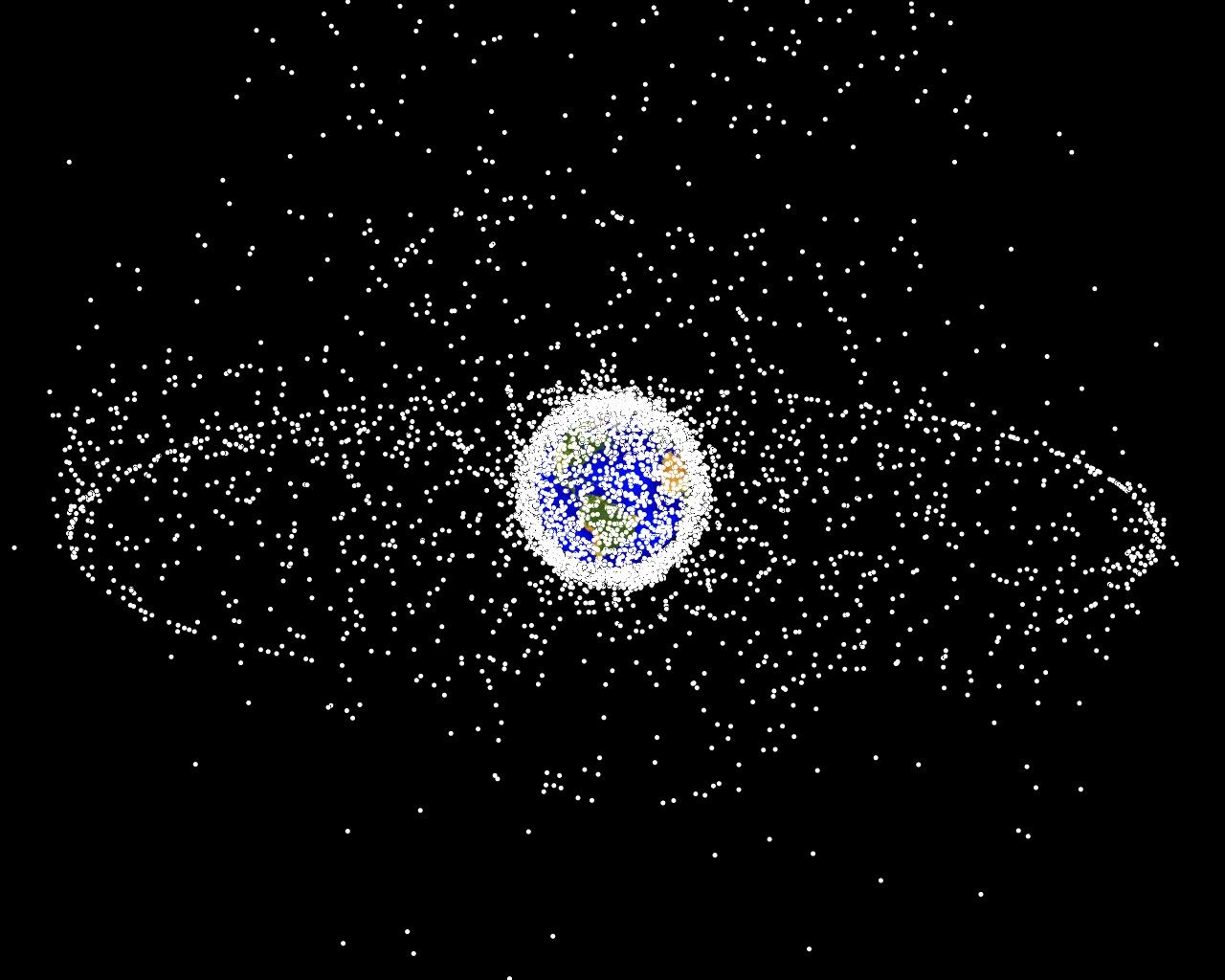
Space is getting dangerously crowded but a new automated system could be the key to preventing catastrophic collisions that threaten our satellites and astronauts. The European Space Agency has developed CREAM (Collision Risk Estimation and Automated Mitigation), a revolutionary technology that aims to transform how we manage traffic in Earth orbit and keep space safe for future generations.
Continue reading
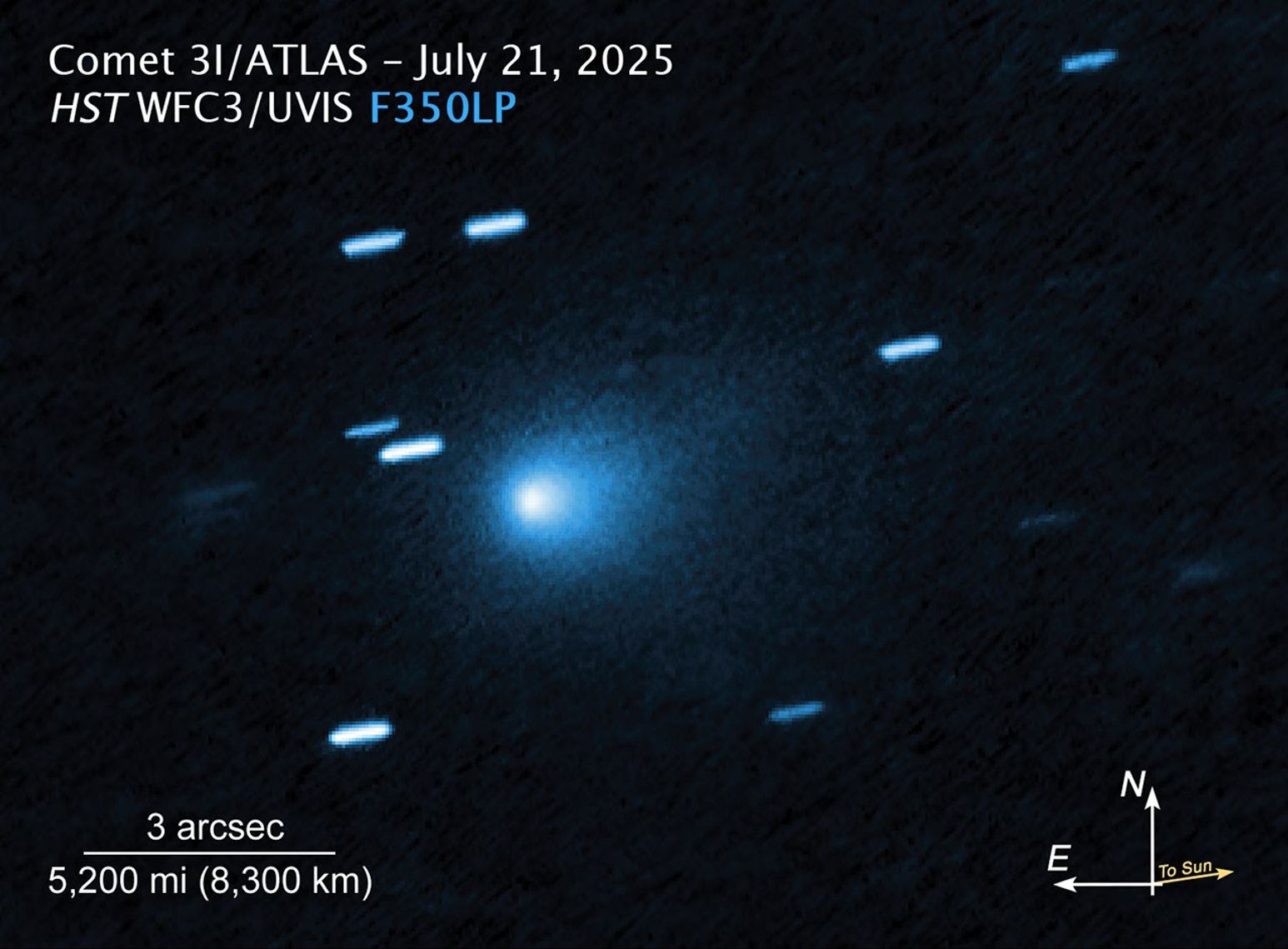
arXiv:2507.21402v1 Announce Type: new Abstract: The interstellar object 3I/ATLAS is expected to arrive at a distance of $53.56(\pm 0.45)$ million ${\rm km}$ ($0.358\pm 0.003$~au) from Jupiter on March 16, 2026. We show that applying a total thrust $\Delta$V of $2.6755{{\rm km~s^{-1}}}$ to lower perijove on September 9, 2025 and then execute a Jupiter Oberth Maneuver, can bring the Juno spacecraft from its orbit around Jupiter to intercept the path of 3I/ATLAS on March 14, 2026. A close fly-by...
Continue reading
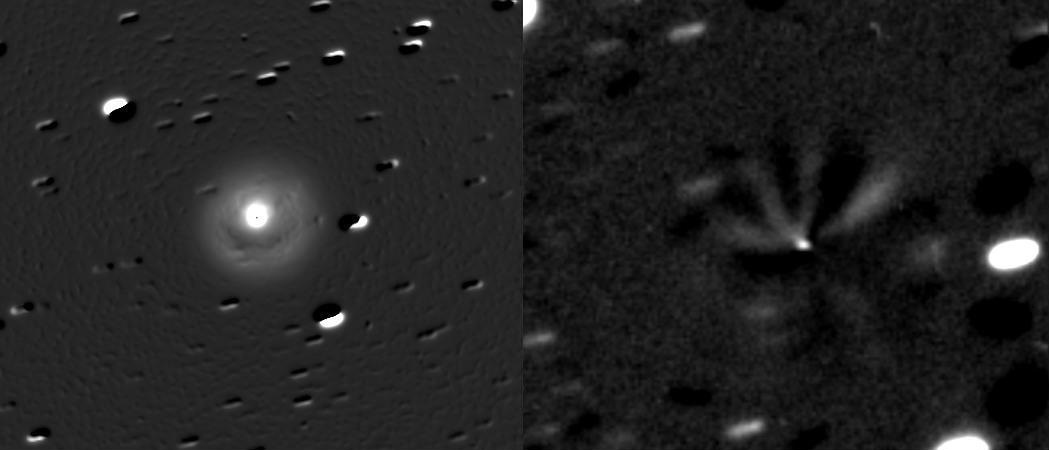
A team of scientists have made a discovery that could help solve one of Earth's greatest mysteries, where did our planet's water come from? Using powerful radio telescopes, the researchers have detected water vapour in a comet located far beyond Neptune's orbit, and the results are changing our understanding of how life sustaining water arrived on our world.
Continue reading
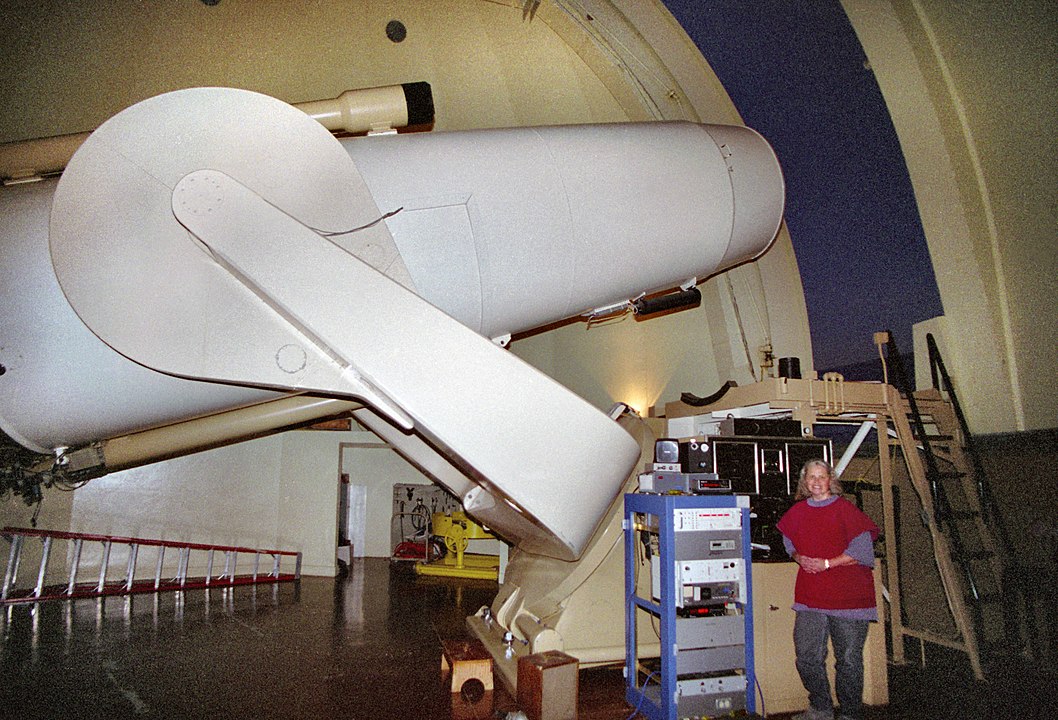
For decades, astronomers have searched for signs of extraterrestrial intelligence using radio telescopes and optical instruments, scanning the skies for artificial signals. Now, researchers are taking a different approach, this time looking much closer to home for alien artefacts that might already be in our Solar System.
Continue reading
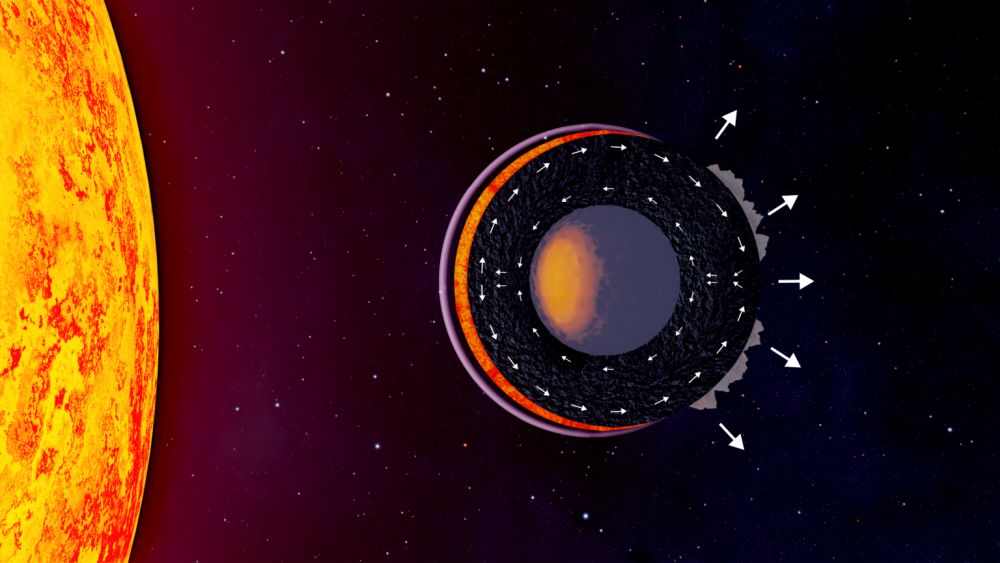
Some exoplanets are so close to their stars that the rock is melted. Astronomers have dozens of these lava planets, maybe more because they're challenging to confirm. New research shows how the JWST can help astronomers understand them.
Continue reading
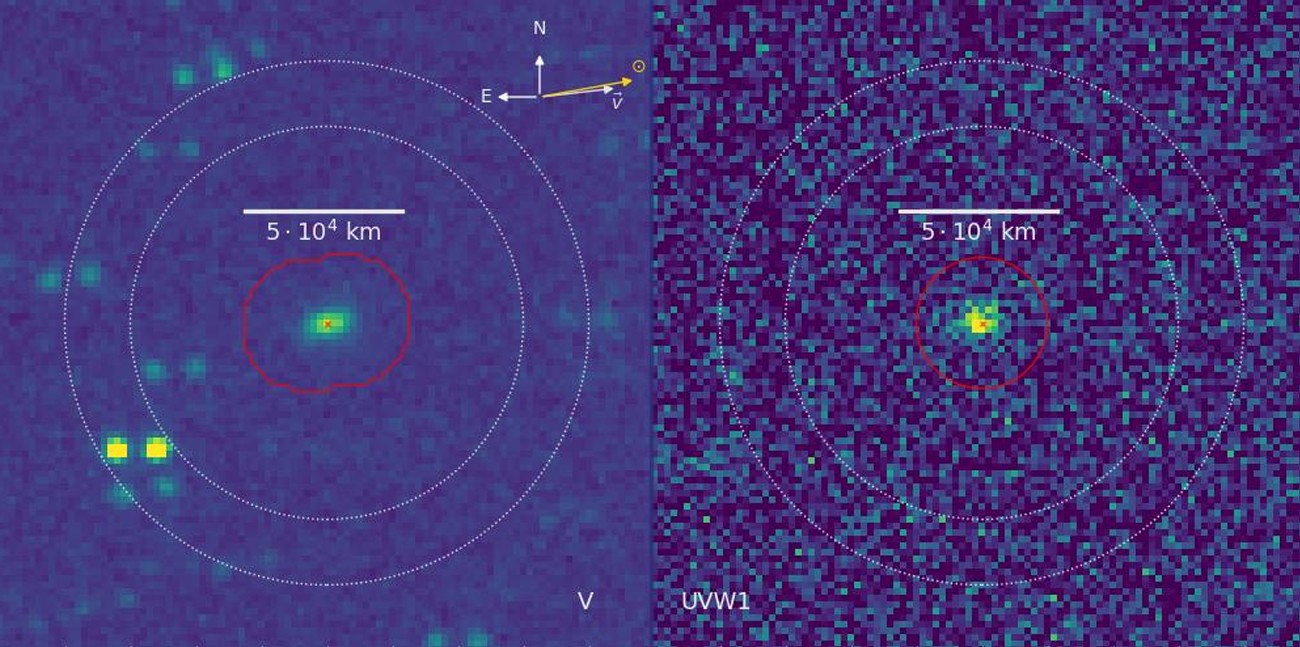
3I/ATLAS, our third discovered interstellar visitor, has been in the news a lot lately for a whole host of reasons, and rightly so given the amount of unique scientific data different groups and telescopes have been collecting off of it. A new pre-release paper from researchers at the Auburn University Department of Physics recounts yet another interesting aspect of the new visitor - its water content.
Continue reading
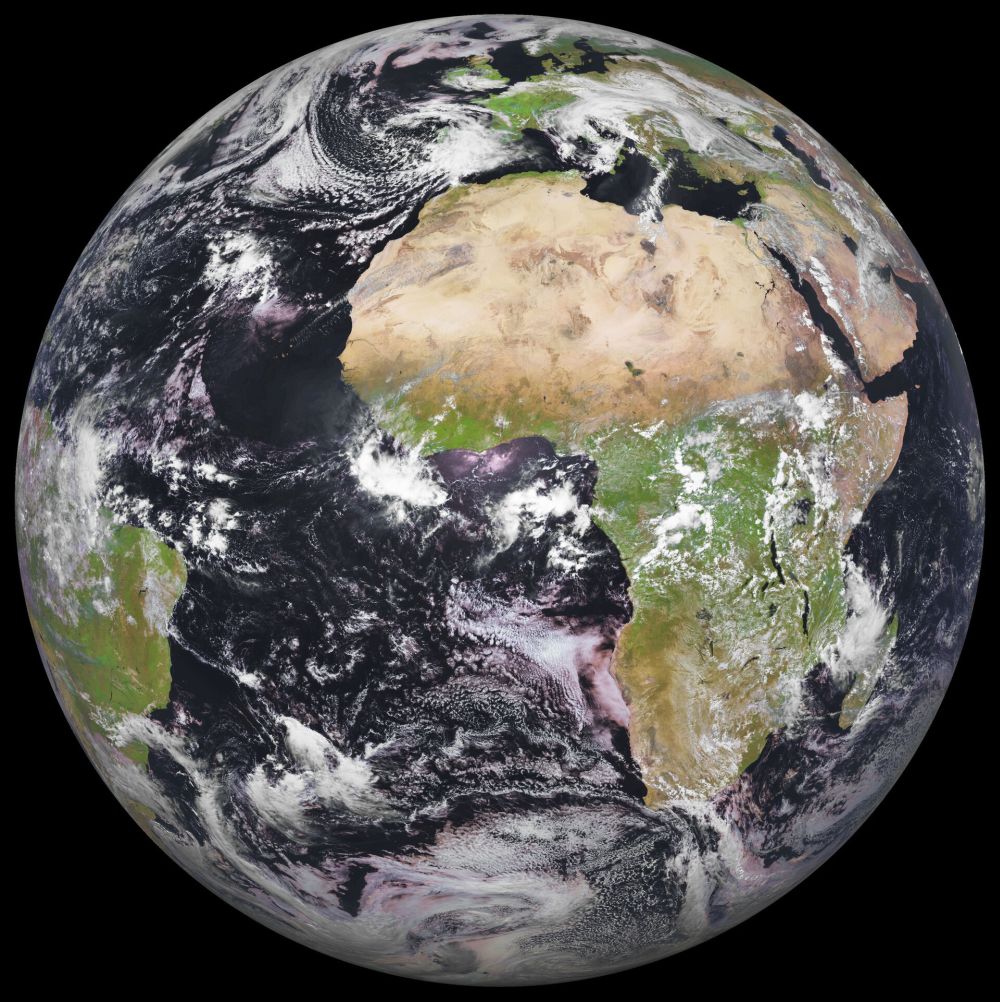
University of Warwick astronomers, in partnership with institutions in Spain, are showing how astronomy tools, that are usually used to study stars, can be repurposed as climate sensors, helping us track how Earth's atmosphere is changing in the face of global warming.
Continue reading

 Universe Today
Universe Today

















